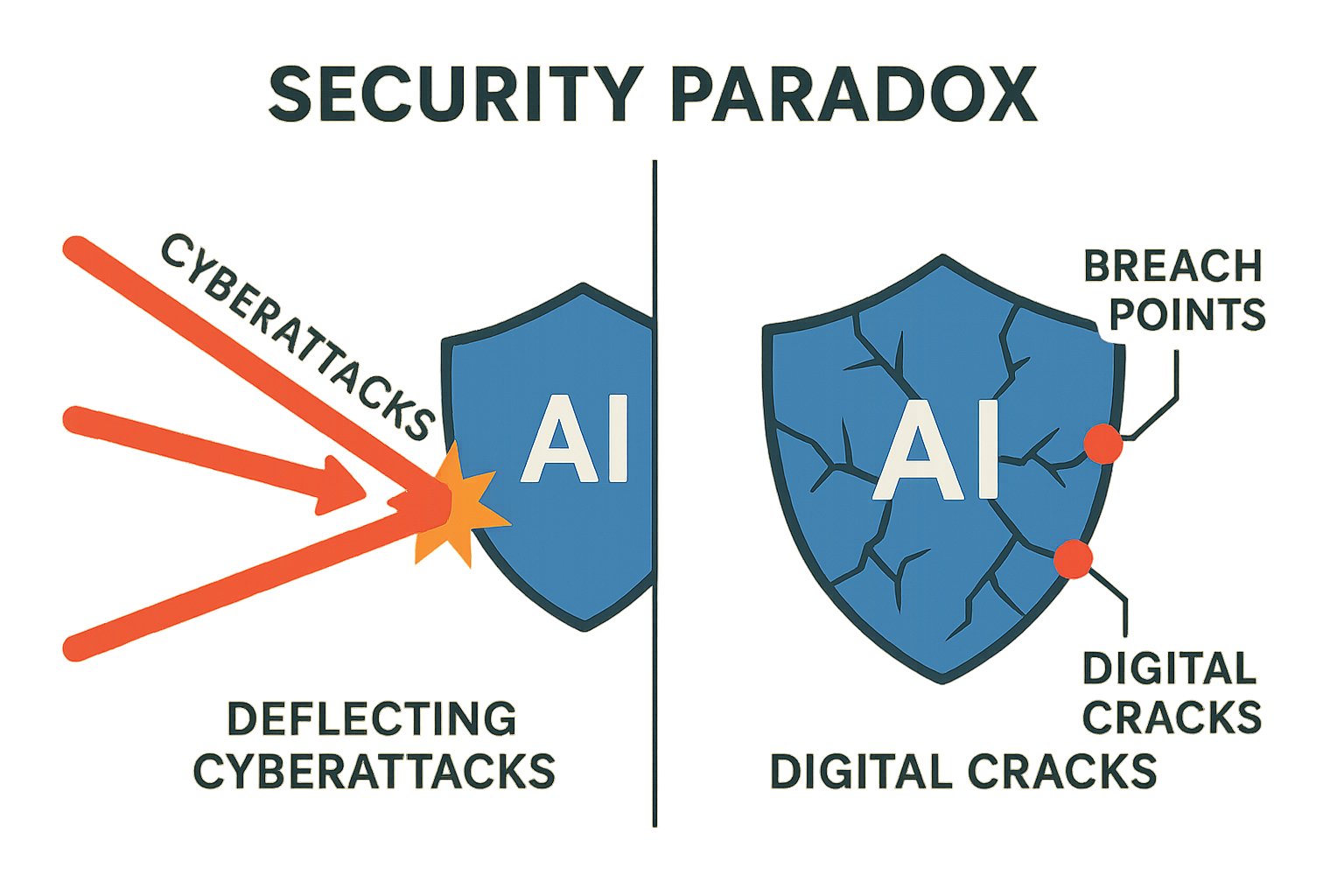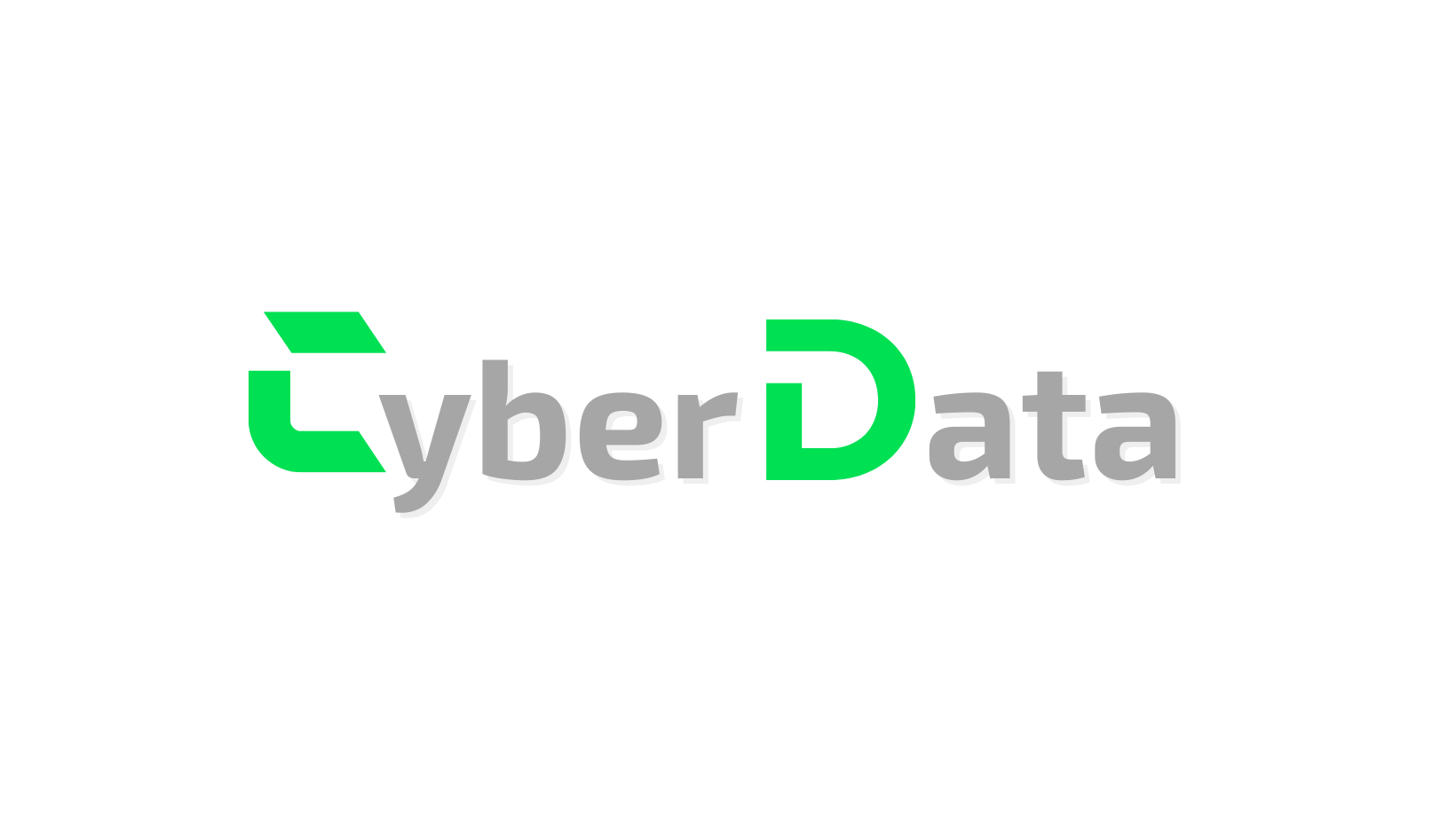The AI Security Paradox: Powerful Ally or Greatest Threat?
When Your Cybersecurity Solution Becomes the Problem
In today’s digital arms race, artificial intelligence seems poised as both the sword and the shield. AI platforms are revolutionizing cybersecurity, automating defenses faster than hackers can sharpen their virtual knives—yet they’re astonishingly vulnerable themselves.
Recent findings paint a confounding picture: while AI automates protection, it’s simultaneously emerging as a prime target for attacks. Why are our brightest innovations such glaring bullseyes?

The AI Security Conundrum
Cybernews researchers pried open the hood of 52 top AI tools, only to find a landscape riddled with security chasms. Every single platform—yes, 100%—presented system hosting and SSL/TLS misconfigurations, the kind of blunders that send CISOs into existential despair.
Innovation vs. Security: A False Binary?
The rapid-fire evolution of AI leaves development teams racing to ship features, often leaving security smoldering in the wake of progress. Open-source dependencies and neglected patches create a playground for attackers, while the relentless pressure to innovate pushes security further down the priority list—sometimes right off the edge.
The Exploit Economy: AI as Attack Magnet
If you think AI vulnerabilities are theoretical, just ask the white-hat crowd at Pwn2Own Berlin 2025, who skillfully dismantled AI platforms for hefty bounties. Major breaches aren’t annual flukes—they’re a new normal.
Coinbase recently unveiled a breach where AI-assisted social engineering led to a leak of sensitive customer data. AI is arming both defenders and adversaries, often with more success on the offensive side.
Geopolitics, Regulations, and the Race to Secure AI
The Nation-State Wildcard
AI security isn’t just corporate—it’s geopolitical. Advanced persistent threat groups like APT28 are leveraging vulnerabilities at global scale, transforming technical oversights into ammunition for digital warfare. Now, the security of your favorite LLM isn’t just your CTO’s concern—it’s a matter of national interest.
Regulatory Whiplash
Regulators aren’t exactly winning sprint medals. As AI races ahead, legislation and compliance struggle to keep up, leaving gaps the size of a large language model’s training corpus. Until policies catch up, expect the security paradox to widen.
The Paradox at the Heart of Our Cyber Future
AI offers the promise of impenetrable cyberdefense—and serves up fresh attack surfaces, all in one elegant algorithmic package. The irony is as thick as a threat actor’s dark web to-do list: our greatest advancements are also our most appealing vulnerabilities.
Addressing this paradox demands a cultural shift: prioritize security in AI development from day one, not as an afterthought when the smoke alarm’s already blaring. The interplay between AI, ethics, and resilience isn’t a theoretical debate—it’s now urgent reality.
So, should we begin mandatory AI ethics boot camps for toddlers, or simply wait until a rogue chatbot campaigns for office? One way or another, how we fortify AI today will determine who’s left holding the digital keys tomorrow.



